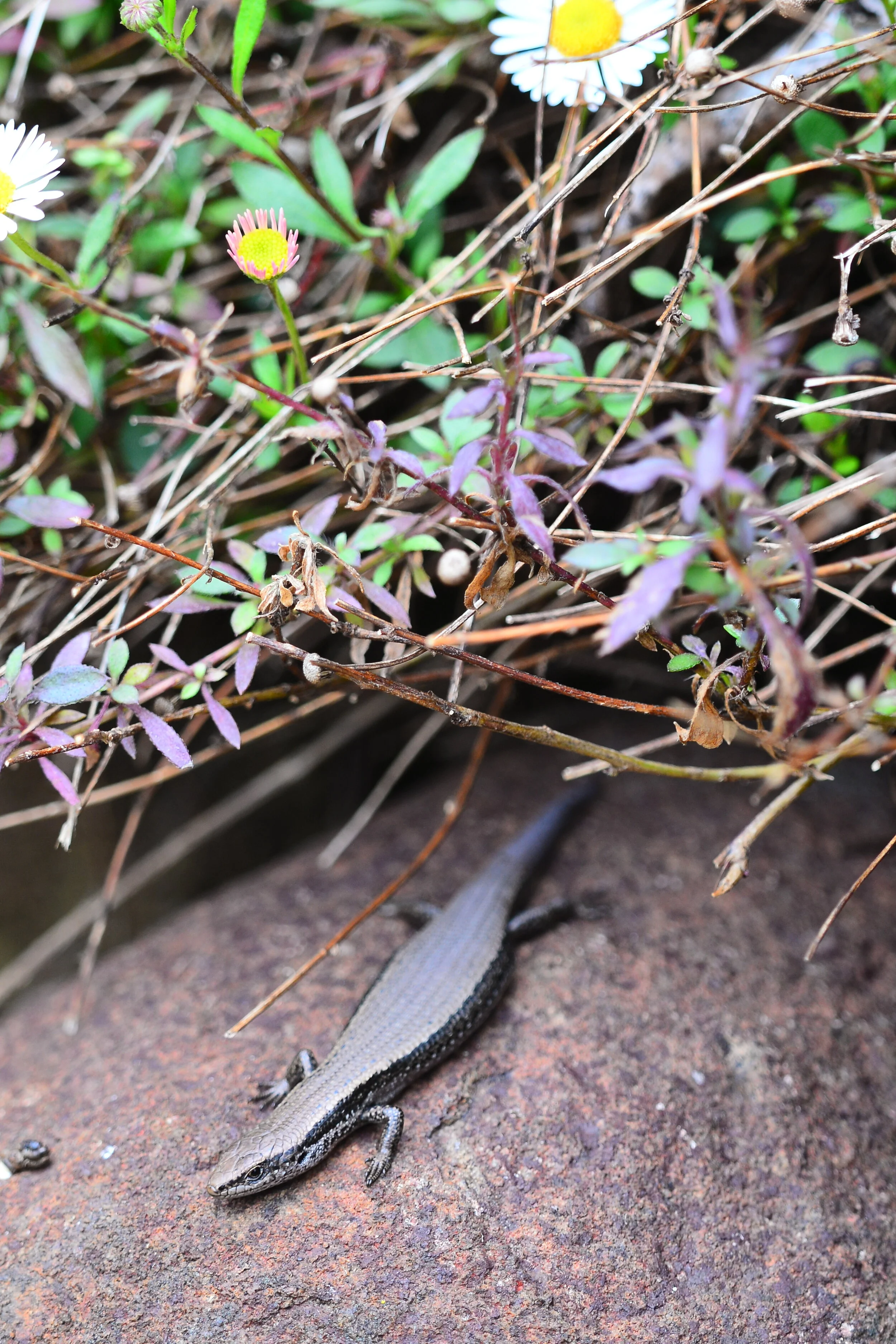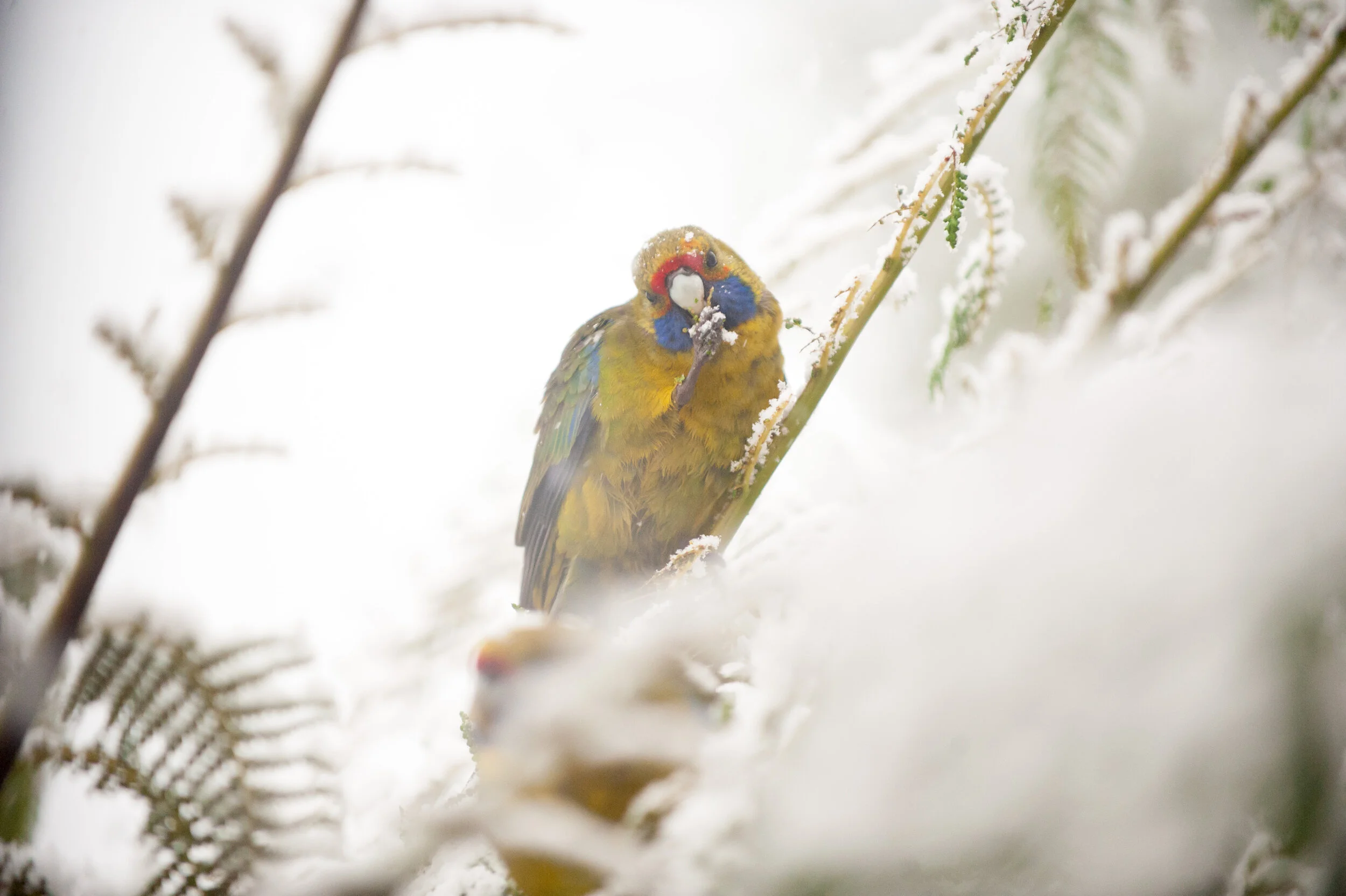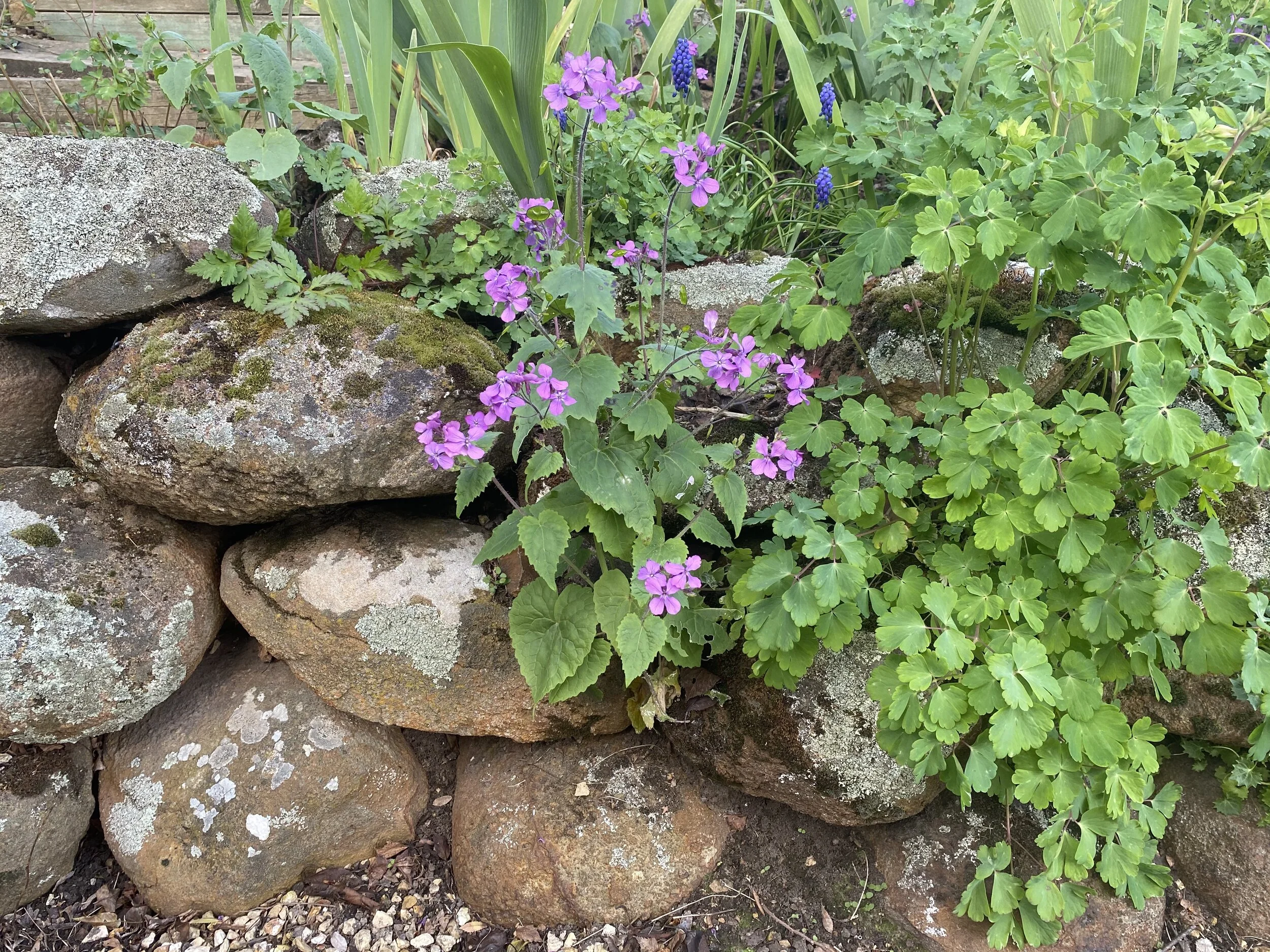4 Steps to Attract Wildlife into your Garden!
There is nothing better than wandering through your own garden and seeing and hearing wildlife in all its forms like birds, frogs, bees and other insects. It makes me realise that our gardening efforts are actually helping many other species to thrive. Its a nice feeling that you can experience too. And the great thing is that the saying “if you build it they will come” actually is true with wildlife.
You just need to follow 4 simple steps and over time you will be amazed at the amount of different life forms that you find in your garden.
Having The Right Plants as a Source of Food
Having a wide range of different flowering plants in your garden will attract both insects and birds. These could be a combination of annual and perenial plants, flowering shrubs and flowering trees. We live in a cool temperate climate yet we still have something flowering in our garden for most months of the year. Below are some of the flowering plants we have sucess in growing and when they flower.
Late Winter
Hellebores (winter roses), Rhododendrons, Camellias
Spring
Daffodils, Grape Hyacinth, Flowering Plums, Flowering Cherries, Fruit trees, Tamarix Tree
Summer
Lillies, Russell Lupins, Aquilegia (Grannys Bonnets), Delphiniums, Irises, Gladiolli, Clematis, Fuschias, Dahleias, Peonies, Lilac trees, Hydrangeas, Roses, Dogwood Tree
Autumn
Roses, dahlias, fuchsias, hydrageas
Parrot Feeding in Winter
A small wild parrot (Green Rosella) stripping the fronds off of a Man Fern (Dicksonia Antarctica) to eat in winter. We noticed this happening 3 years ago and now we are treated each year by being visited by these beautiful birds. Sometimes you can’t predict what will happen in your garden.
Another way to attract birds into your garden is to put out seed for them. Grocery stores will often sell seeds for wild birds and even seed blocks for this purpose. Janette’s father makes birdhouses, out of recycled timber, and we have two in different parts our garden. You can also buy specialised outdoor bird feeders.
One of Janette’s dads, Phil’s birdhouse in use! We just have a tray inside that we keep full of seed and other treats.
Having Plenty of Water Sources
Having a variety of different types of water sources in your garden is important because birds, animals and insects all have different ways of accessing water. For example bees need a safe edge to the water so they can reach in and drink. The video below is not from our garden but it is the best example I could find to demonstrate how bees drink.
You don’t have to have a plastic tub like this but it gives you an idea of the type of ledge bees need to stand on.
Bird baths and small ponds can be put into most gardens. We love ponds because they also give you a chance to try out amazing varieties of water plants. We have fibreglass ponds as well as ones made with pond liners in our garden. You can also get pre-formed plastic ponds.
Our preference now is to dig out the shape of the pond, use sand in the bottom of the hole to protect the plastic and to cut pond liner to shape and fit in the hole. You can then plant around the edges and uses stones to disguise the plastic edge. Ponds create habitats for frogs and fish plus are great spots for all other types of insects, birds and animals to use.
Below is the sound of frogs singing in the top shady section of our garden where we have linked 3 fibreglass ponds together with a stream. It was a windy night so excuse the background noise. This area before the ponds was silent at night. Now we hear frogs year round at night.
Here are three examples of how we have water in our garden for birds and insects.
Shelter
By planting a full garden, you create the maximum amount of habitats. What do I mean by a full garden? Areas where you have understory plants like ground covers, mid-story shrubs and upper-story trees. By planting like this, you are creating a multitude of places for insects, birds and other animals.
Retaining walls made from rocks look great and create fantastically rich habitats. We often see lizards basking in the sun on our stone retaining walls. Add some water features, especially those inground, and you well on the way to attracting a wide variety of wildlife into your home garden.
A stone wall like this has lots of places to hide from predators and be safe.
Avoid using Poisons and Chemical Fertilisers
Poisons to kill weeds can also negatively affect insects, lizards and birds. We don't use them in any of our garden beds. Weeding regular by hand is the best way to get rid of plants you don’t want.
We do, however, have a large stone driveway and paths. In the past, we have tried using methods other than poison in these areas. These all were either slow or not effective.
So we do use weed killer, as sparingly as possible, on these hard surfaces.
Chemical fertilisers can be very toxic to life above the ground and also to microorganisms and fungi below ground. You also create a dependency for the plant on the chemical fertiliser because by using it, you will kill the natural life below ground that was exchanging nutrients and minerals with the plant. The next blog article goes into depth about how to feed your garden plants to maximise health naturally.
Conclusion
So there you have it! The top 4 ways to attract wildlife into your garden.
Have fun incorporating these ideas into your home gardening.






